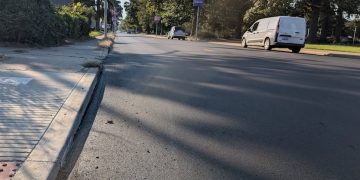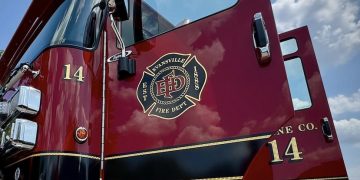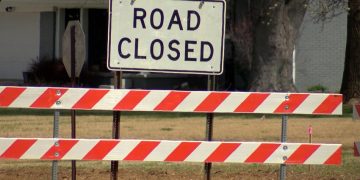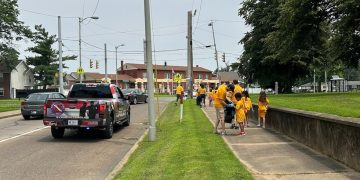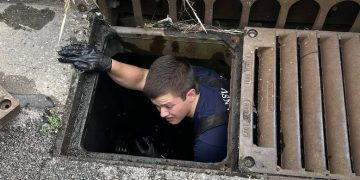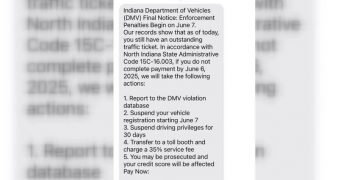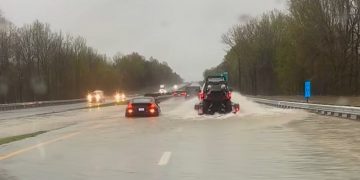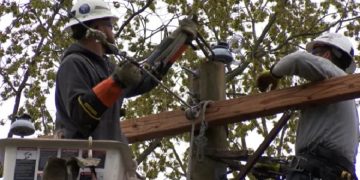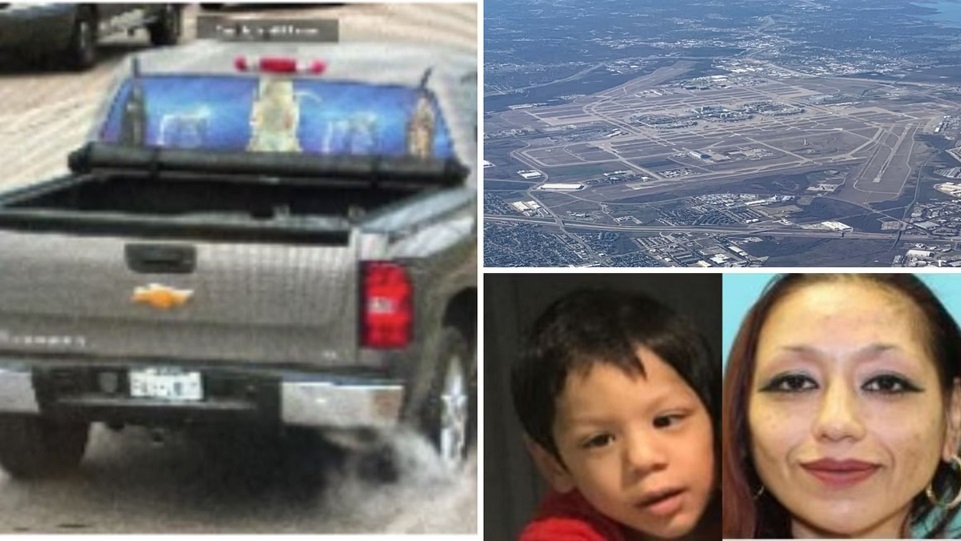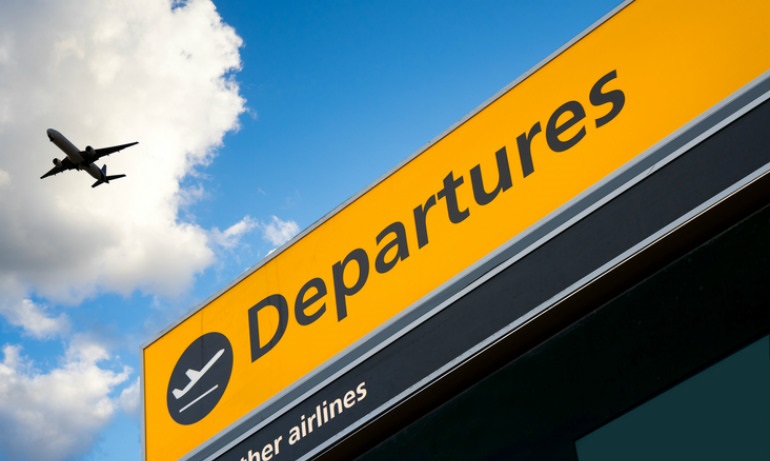LOS ANGELES — An atmospheric river storm pumped drenching rains into the heart of California on Thursday as blizzard conditions buried the Sierra Nevada in snow.
The storm was aimed like a massive firehose at the central coast, where two-day rainfall neared 14 inches (35.5 centimeters) in San Luis Obispo County, the National Weather Service said.
The Monterey County Sheriff’s Office issued evacuation orders at late morning for an area of coastal homes as heavy rain caused the Carmel River to rise rapidly.
In the Eastern Sierra, the Mammoth Mountain ski resort reported 7.25 feet (2.21 meters) of new snow on its summit. A blizzard warning continued for both sides of the California-Nevada border along a 170-mile (274-kilometer) stretch of the Sierra.
“I would not venture into the Sierra if you don’t have to.” National Weather Service meteorologist Alex Hoon in Reno tweeted.
Firefighters northwest of Lake Tahoe rescued a 14-year-old boy who was buried under 5 feet (1.5 meters) of snow that slid off the roof of his home Wednesday night. He wasn’t seriously injured. The Truckee Fire Protection District said the teen was playing in a snow cave in the Serene Lakes area west of Truckee at the time.
Atmospheric rivers are long and narrow bands of water vapor that form over an ocean and flow through the sky. They occur globally but are especially significant on the West Coast of the United States, where they create 30% to 50% of annual precipitation and are linked to water supply and problems such as flooding and mudslides, according to the National Oceanic and Atmospheric Administration.
The storm was expected to eventually drop down into Southern California, bringing threats of debris flows, mudslides and flash floods to areas near huge wildfire burn scars. Up to 3 feet (0.91 meter) of snow was predicted for the mountains.
Los Angeles and counties to the east and south issued warnings to get residents ready to leave areas near wildfire scars.
About 8,200 people were under evacuation orders in foothill neighborhoods beneath the burn scar of last summer’s El Dorado Fire near Yucaipa. Deputies went door to door urging people to leave in the Oak Glen area.
“We’ve given an evacuation order. You need to heed it,” San Bernardino County Fire Division Chief Grant Malinowski said during a news conference. “Don’t wait, do it now.”
The California Office of Emergency Services expanded its positioning of specialized response strike teams and task forces to a total of 11 counties.
The storm punched into Northern California late Tuesday night, drifted down the coast and stalled Wednesday and for much of Thursday.
Mudslides near Salinas south of the Bay Area damaged about two dozen rural ranch homes beneath hillsides scorched by the River Fire last August, said Dorothy Priolo with the Monterey County Regional Fire Protection District.
One woman was treated for broken bones after mud went “completely through the house” in the early morning hours, Priolo said. Fifty horses were rescued.
Flash-flood watches remained in effect through Thursday afternoon for a wide area encircling the San Francisco Bay Area. In Santa Cruz County, evacuation orders for about 5,000 people were downgraded to a warning, meaning people should be ready to go.
Pacific Gas & Electric was continuing to work on restoring power after reconnecting about 75% of the 575,000 customers who lost electricity Tuesday and Wednesday.
About 1,000 homes and businesses were without electricity in northern Nevada, where the effects of the storm also forced school closures in several counties.
The atmospheric river is part of a major change in weather for California, which had significant drought conditions for months. The dryness contributed to wildfires that scorched more than 4.2 million acres (17,000 square kilometers) in 2020, the most in recorded modern history.
Sonner reported from Reno, Nevada. Associated Press writer Christopher Weber contributed from Los Angeles.















